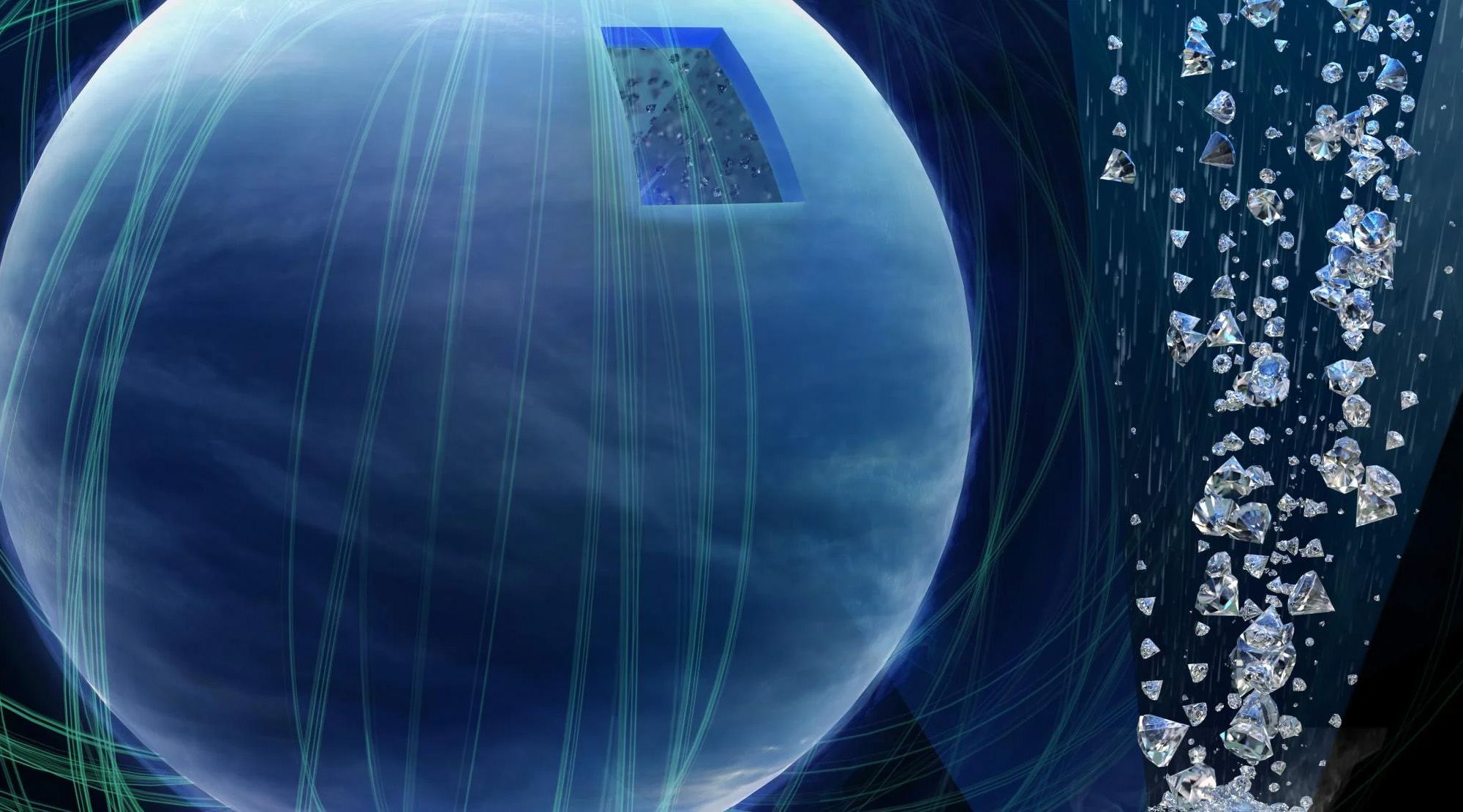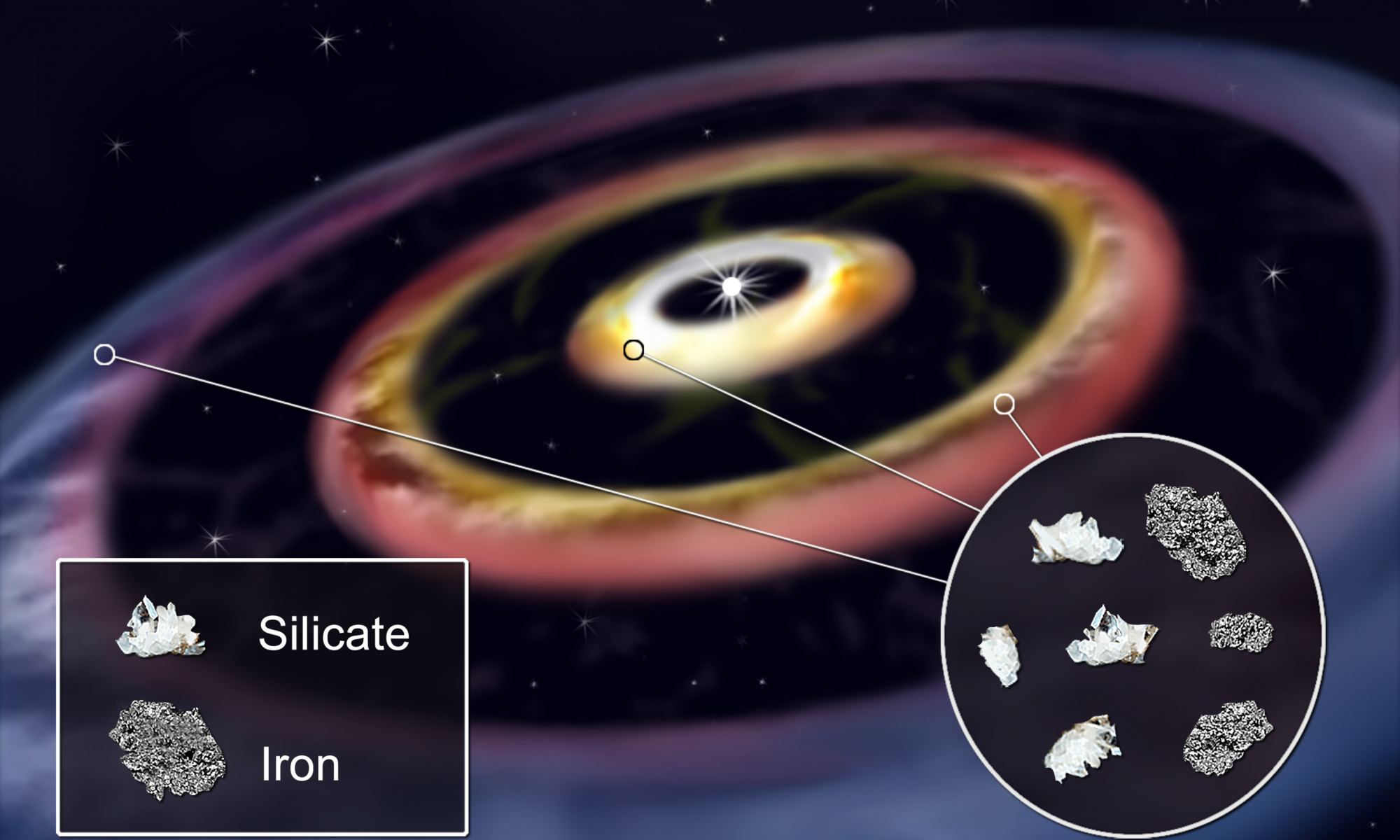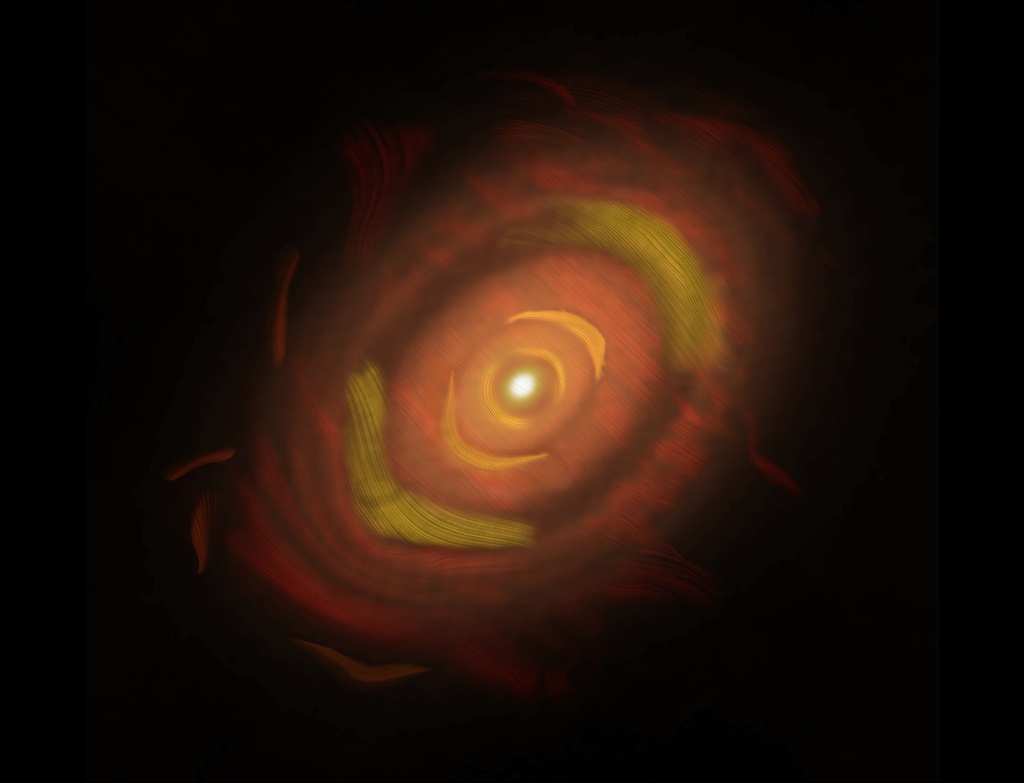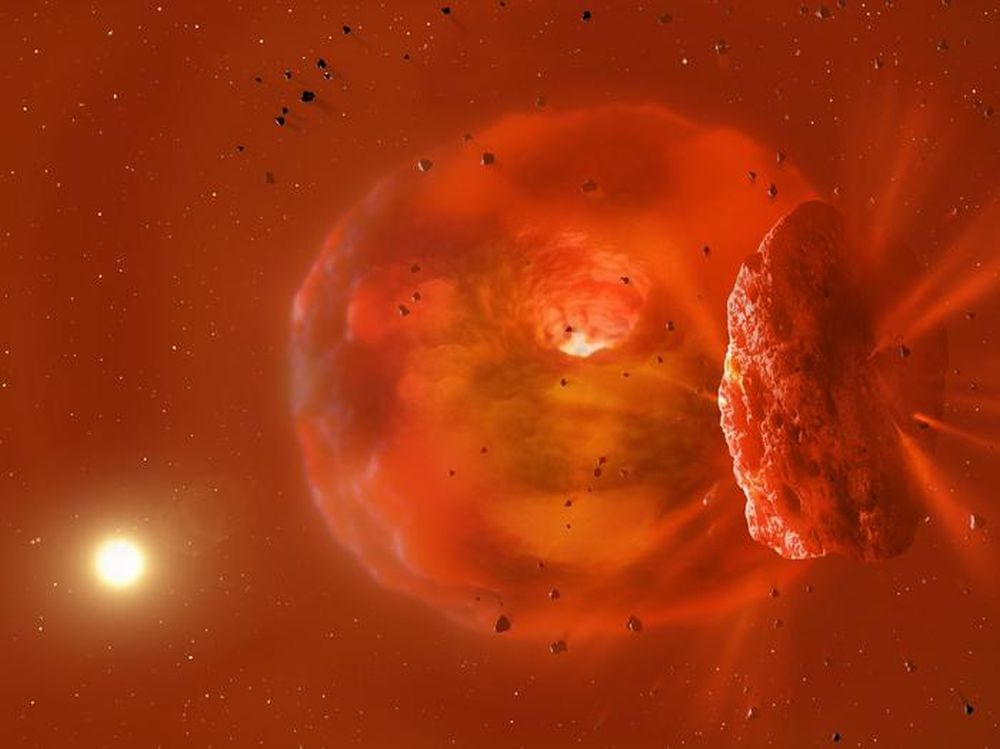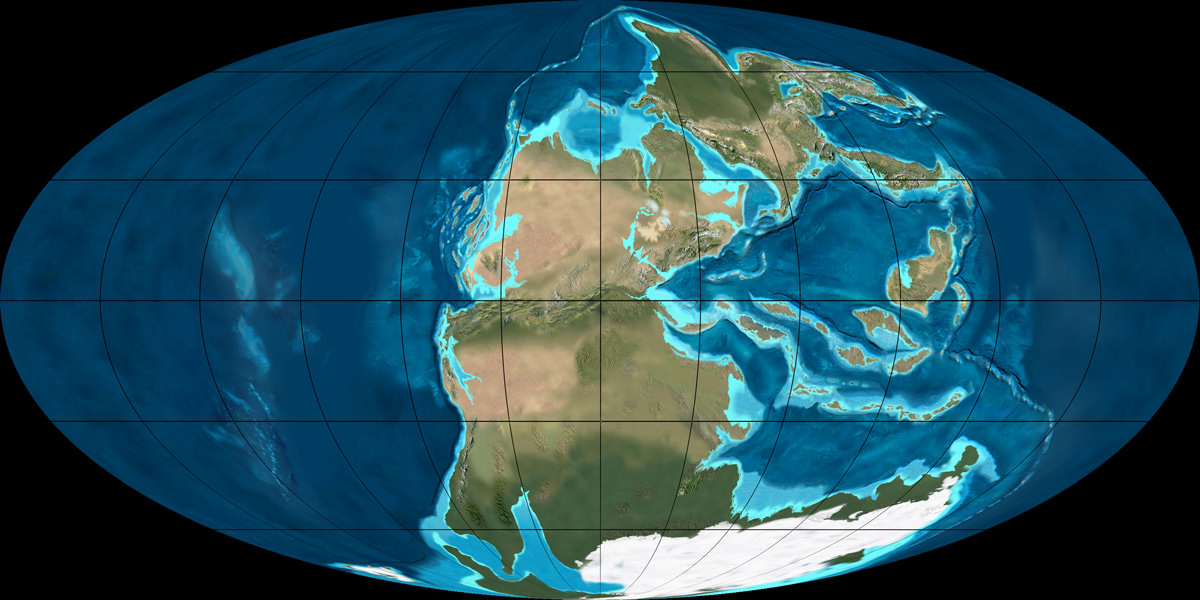Imagine Jupiter with a diamond core the size of Earth. That’s what science fiction author Arthur C. Clarke described in his novel (and movie) 2010: Odyssey 2. Now, imagine the same thing, but at Uranus and Neptune. In addition to a possible diamond core, diamond rain fills the interior. Scientists at the U.S. Department of Energy’s SLAC National Accelerator Laboratory think they know how these diamonds form on ice-giant planets.
Continue reading “Diamond Rain on Ice Giants Could Influence Their Magnetic Fields”Diamond Rain on Ice Giants Could Influence Their Magnetic Fields
